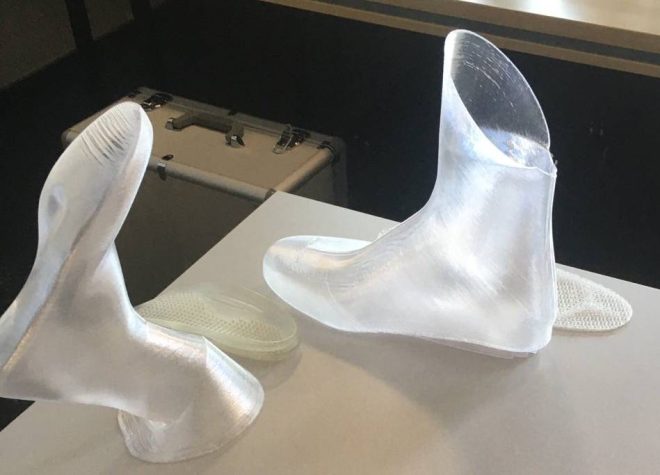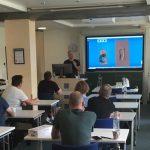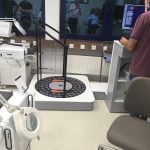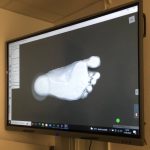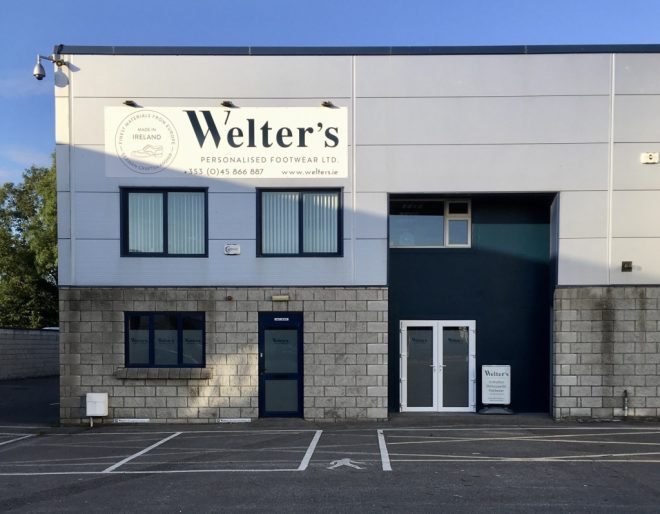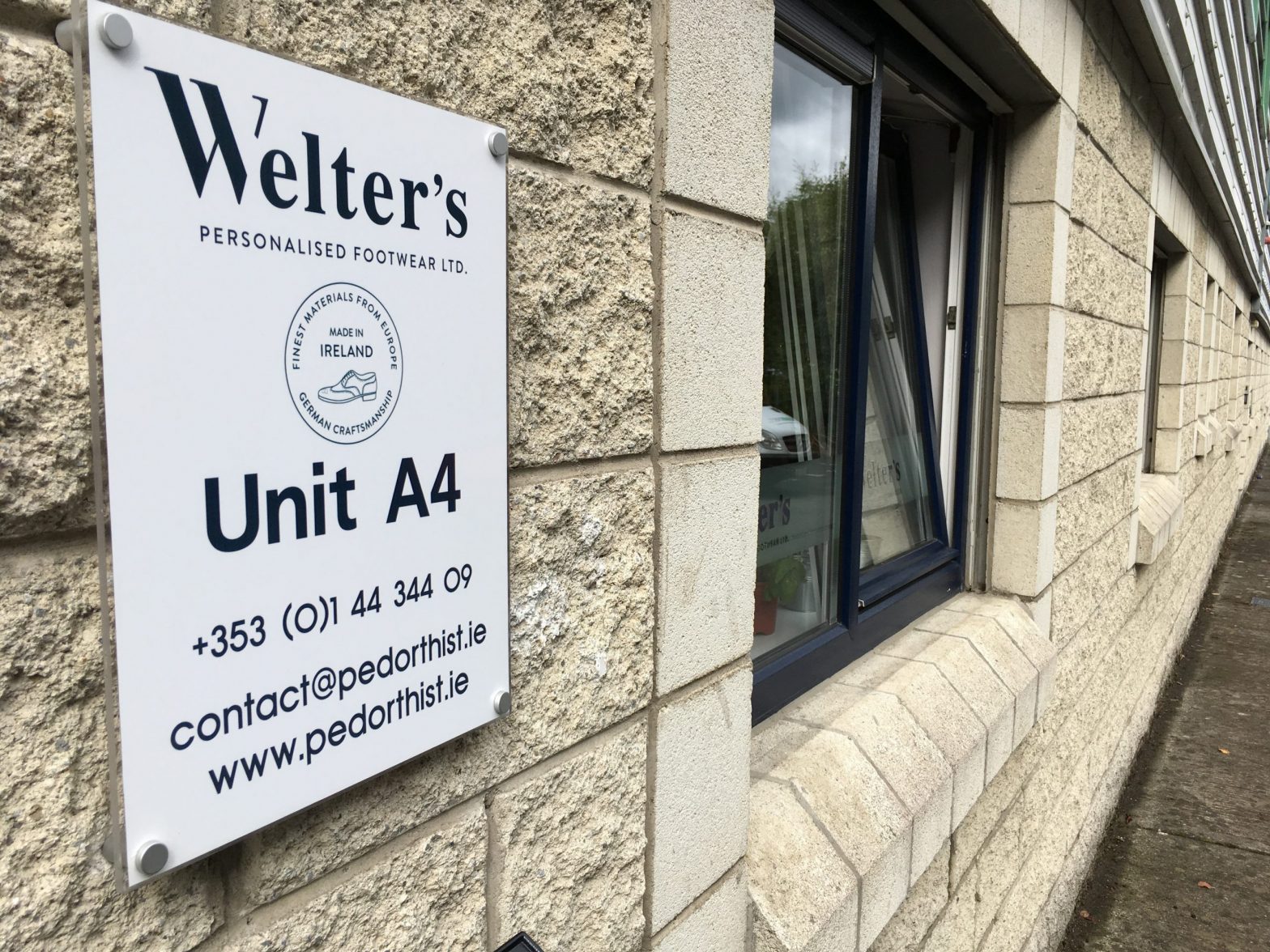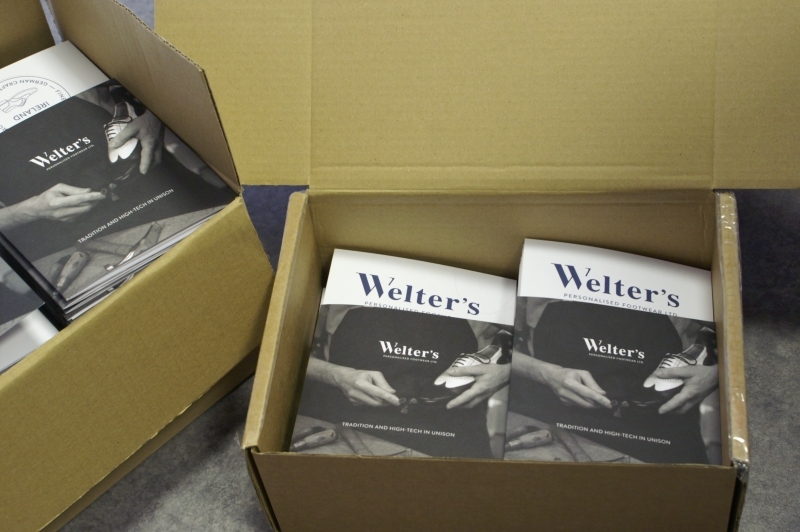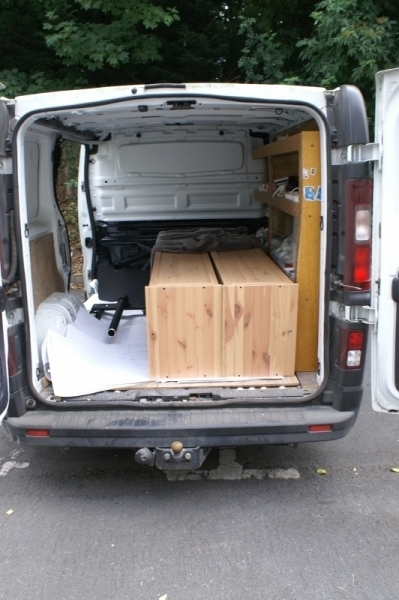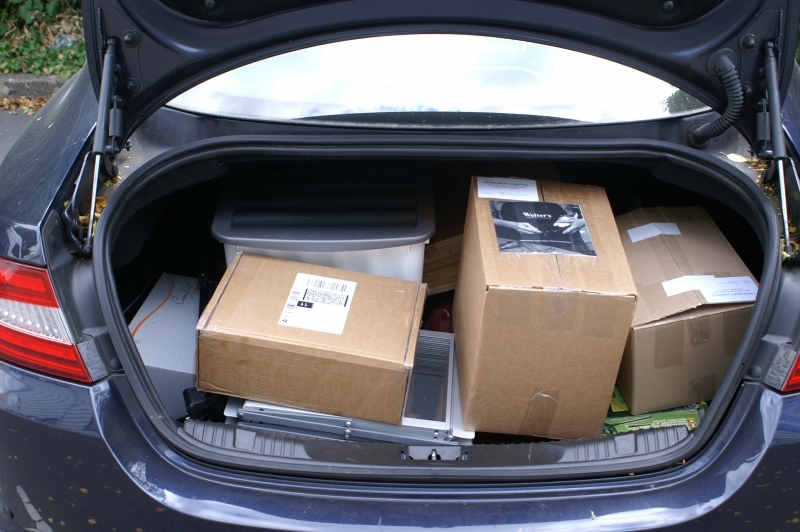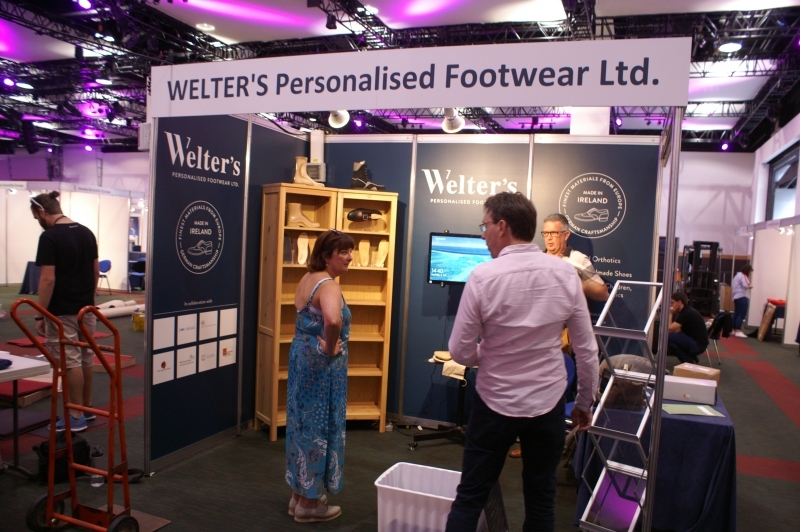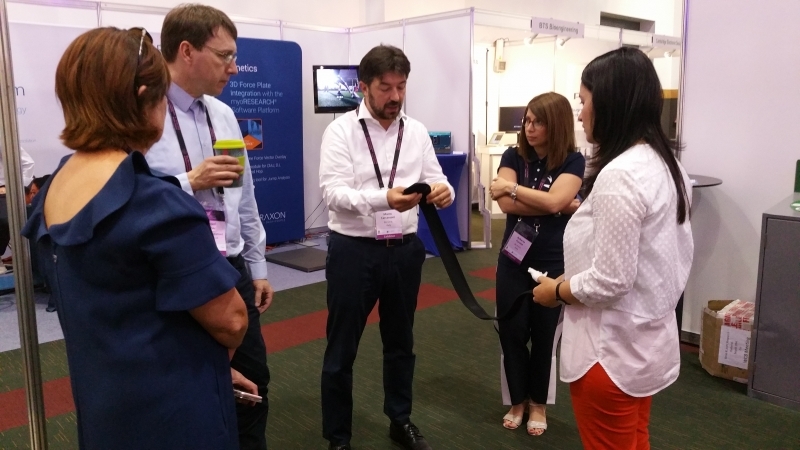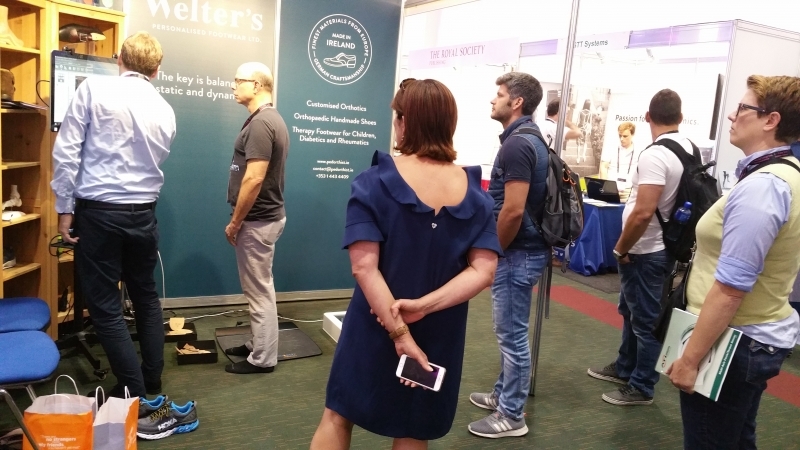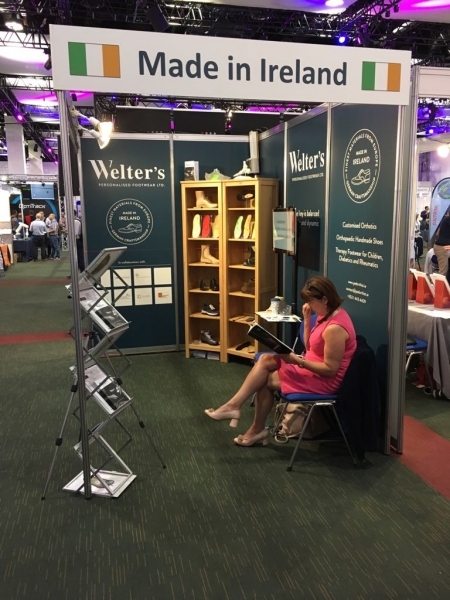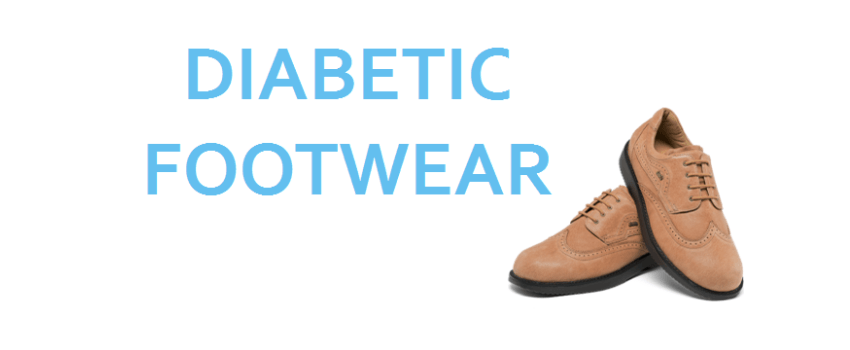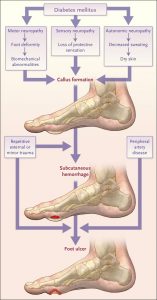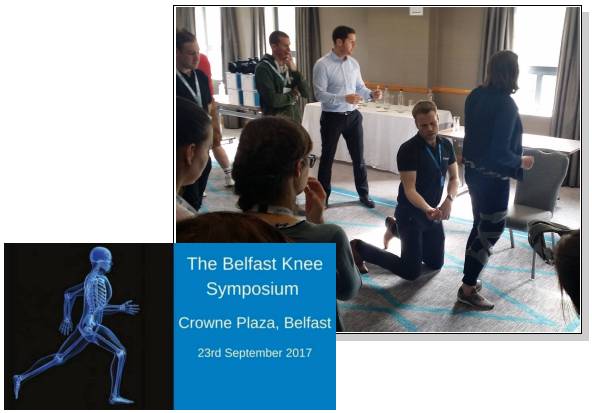Saturday 23rd September, 2017, Samuel Welter and Liz Dunbar attended The Belfast Knee Symposium, not that there is such thing as a Belfast knee but that the symposium was held at the Crowne Plaza in Belfast, sponsored by Ossur.
Leading consultants and specialists in the field provided presentations and discussions covering all aspects from imaging to operating on knees, busted knees, old knees, replacement knees etc to an a well attended audience of Physio’s and G.P.’s
Main speakers Mr. Mihai Vioreanu and Dr. Barry Sheane – Dublin, Mr Pooler Archbold and Mr. Noel Napier – Belfast
Painful Knees — The overriding message is – Prevention is better than Cure.
Avoid Surgery ….. Prevention
Surgery on the knees can mean you are off your feet for 12 weeks and even with that there is no guarantee that you will be as active as you were again. So damage to the meniscus or the cartilage, is to be avoided if at all possible. Apart from serious sports injuries and RTA’s, knees hitting the dashboards, damage to the knee is mostly brought about by wear and tear/degeneration presenting itself as a painful knee causing difficulty walking.
Cure …..
If painful knee causing difficulty walking is the case, please contact your G.P, or Physio for a referral letter and make an appointment at Welters to meet Samuel, with a view to having correctional orthopaedic insoles fitted. We guarantee that they will be made to measure and fitted to your shoes. It may be necessary to have two pairs of insoles one for your everyday shoes and one for your exercise shoes.
Once the insoles are fitted correctly they will assist you in relieving the pain in the knee, reduce pain relieving medication, improve your gait, allowing you to increase your daily exercise It is advisable to stick to cycling, swimming and/or brisk walking. This will also reduce your waist line. Its a win win.
However if you have to have surgery …
Locate the best orthopaedic knee specialist through your G.P.
New Knee, back on your feet after 12 weeks, and having followed the procedures laid down by the specialists. What next …..
Important Notice
In order to maintain the achieved improvement in the knee it is also necessary to wear orthopaedic insoles.
Where surgery is not possible there may be other options e;g. Shoe adjustments – combination of a lateral wedge and a soft heel strike.
For more details contact@pedorthist.ie

